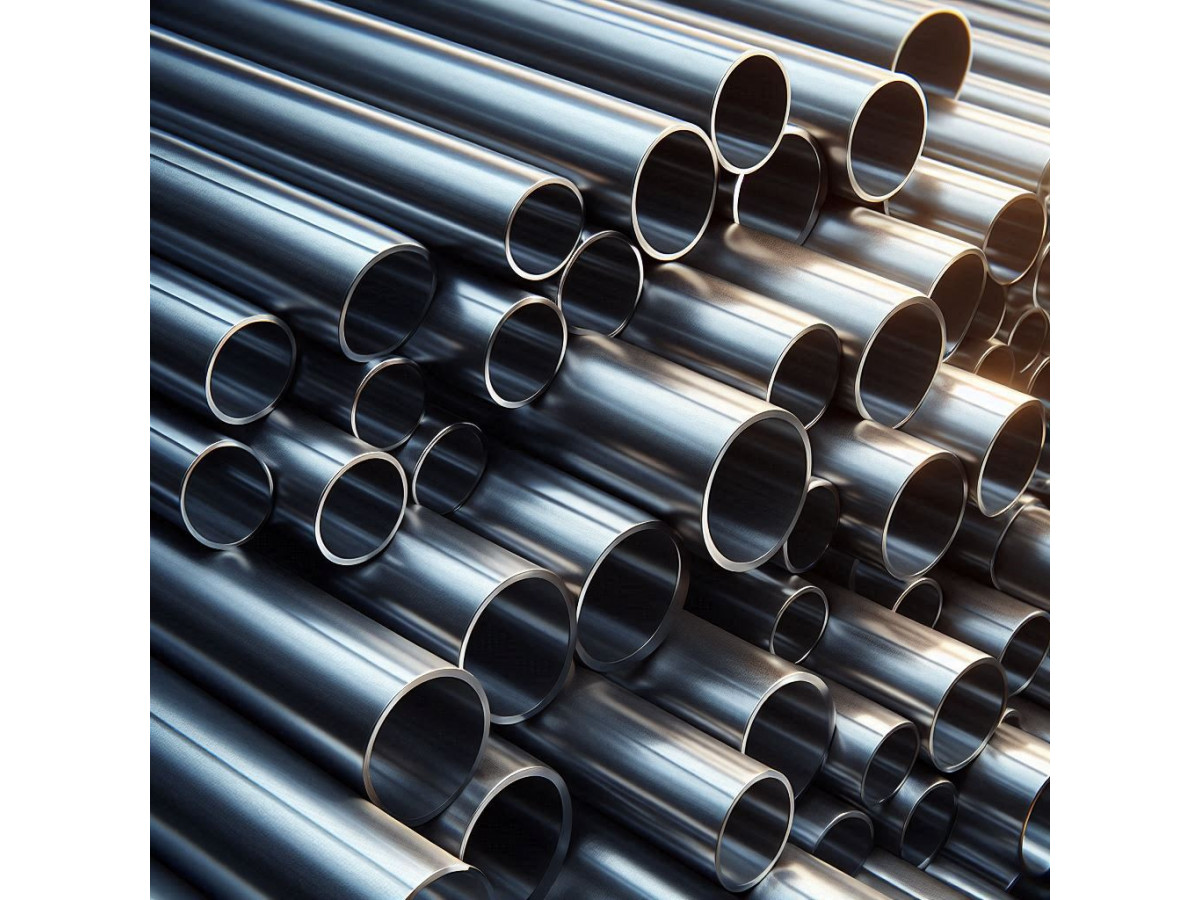Hot-rolled seamless pipes are manufactured by rolling a heated billet. They have no welded seams, homogeneous surface provides high strength. They have a wide range of applications: from scaffolding and cable laying to pipelines with high-pressure pumping of aggressive liquids.
Classification of hot-rolled seamless round pipes and areas of application
Hot-rolled seamless pipes are classified according to a number of characteristics that determine their features and the most suitable application.
Purpose
One of the main signs of classification is the purpose. Depending on it, hot-rolled seamless steel pipes of several classes are distinguished:
- The first class: used for auxiliary building structures, cable laying.
- Second class: used for the construction of pipelines for various purposes.
- Third class: used in conditions where high pressure and temperature, such as boiler rooms.
Other classes of pipes are used for more specific applications.
Diameter
Classification by diameter defines 3 types:
- small diameter with less than 76 mm for compact systems requiring precision;
- medium diameter (76-219 mm): used for more universal applications;
- diameters larger than 219 mm for large projects such as trunk pipelines.
An important indicator for mating pipes with shut-off valves, fittings - the diameter of the nominal bore, standardized under the conventional values of Du.
Wall thickness
An important feature that largely determines the area of application. Thin-walled seamless pipes (wall thickness 2-10 mm), are used in lightweight structures, often mobile. With a medium range of thickness (10-20 mm) are necessary for structures requiring high strength and at the same time sufficient flexibility. Thick-walled with a wall of more than 20 mm are used in applications requiring maximum strength, resistance to external loads.
Steel grade
This classification reflects the composition of the metal and its mechanical properties. There are 3 types of hot-rolled seamless pipes depending on the grade of steel:
- Carbon steel pipes: universal, economical, but in aggressive environments can corrode.
- Alloy steels have higher mechanical characteristics than carbon steels, better resistance to corrosion.
- Stainless metals have high resistance to corrosion. Pipes made of them are used in aggressive environments where other steel will not last long.
Focusing on the classification by purpose, diameter, wall thickness and steel grade, it is easy to choose the optimal hot-rolled seamless pipes for a particular application.
Advantages of hot rolled seamless pipes
The absence of welds makes seamless pipes more reliable and stronger than those manufactured using welding. The seam is the weak point where stress is concentrated. Its absence allows the stresses to be distributed evenly throughout the uniform structure of the pipe. Hot-rolled seamless pipes can withstand higher pressures, both external and internal, when compared to welded pipes.
Other advantages of hot rolled seamless pipe are also important to consumers:
- No seam reduces the chance of corrosion and increases resistance to corrosive environments.
- High temperatures have less negative impact, the homogeneous structure allows better preservation of metal properties under difficult operating conditions.
- Manufacturers produce pipes according to GOST, there are various sizes in length, diameter, wall thickness.
As a result, seamless hot-rolled steel pipes are more durable than similar ones made with welding.
The main factors in the selection of hot-rolled steel pipe
When choosing, pay attention to important points:
- Purpose and operating conditions: what mechanical properties and resistance to temperature, pressure, corrosion are required.
- Steel grade: consider the requirements for strength, temperature resistance, corrosion resistance. If the requirements are low, you can use carbon steel pipes instead of more expensive alloy or stainless steel.
- Diameter and wall thickness: ensure that the parameters meet the project specifications.
- Surface quality: make sure there are no cracks, dents, corrosion.
Choose suppliers that have a good reputation. Their products are of proven quality and have certificates. When choosing which of the proven sellers to stop at, compare prices, transportation costs. Compliance of hot-rolled steel pipes with GOST guarantees reliable durable service in any field of application.

